- Home
- Case study: Lee Brimble
CASE STUDY
Travelling the world shooting for Top Gear, Ferrari and Bentley
"Working with Canon cameras is great, any problems you can just ring them up and they can answer any queries. Having that support is worth its weight in gold."
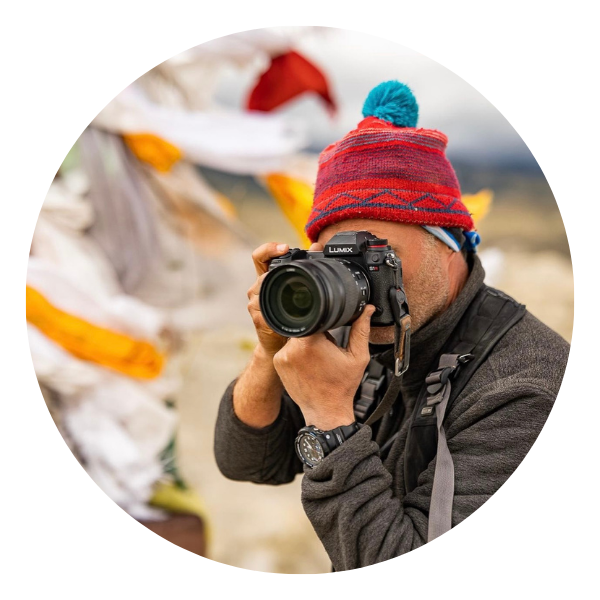
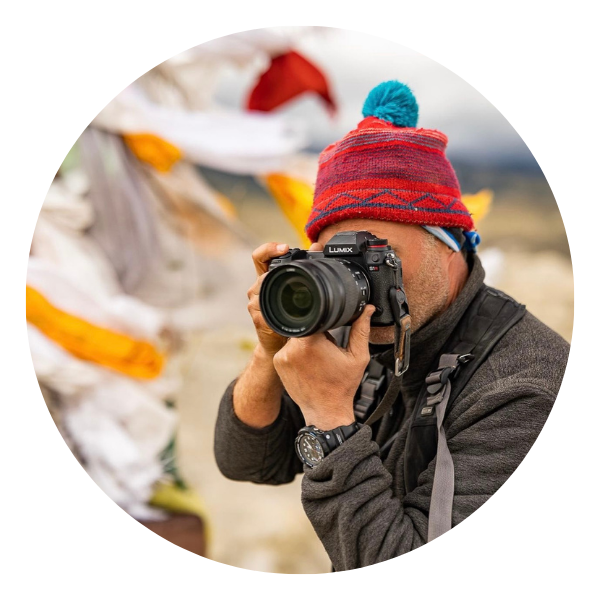
Lee Brimble
With over two decades of experience in car photography, videography and advertising, Lee Brimble has has captured incredible stills and sequences for the Top Gear Magazine and TV show, Car Magazine, Motorsport Magazine and manufacturers such as Ferrari and Bentley. Lee discusses how he uses an ecosystem of Canon products to capture video and stills.
"I actually did an entire revolution of the earth once. We did a shoot at Top Gun in Nevada, then straight to Tokyo for a shoot with Nissan for Top Gear and then flew home."
A jet setting lifestyle
Lee’s career has spanned over 20 years. After discovering photography at college (after initially wanting to train as a graphic designer) and developing his work through assisting on shoots for work experience in the early 2000's, his work has taken him all over the globe to capture advertorial pieces for car manufacturers and magazine clients. He explained that 'I took photography forward after college - I fell into it. The person who I was assisting was shooting cars and I just learned from him.'
'I used to want to be a graphic designer so I went to college, and they asked me to pick an additional subject so I chose photography. The course required us to buy our own camera so I went down to the shop and bought a used Contax for about £60 and it was fully manual, but that was the best thing I ever did. I learned from day one, and I'd recommend this to anyone, switch your camera to manual if you’re starting out because you learn the relationships between aperture, ISO and shutter speed and how they all interact, control each other and what you need to do to get the shot you want.'
The nature of shooting advertorial pieces for manufactuers and for print magazine often involves being available at the drop of a hat to fly to location. 'We’d fly first class to Miami for example for a car shoot, stay in a 5 star hotel, and then I’d be sent somewhere else. I actually did an entire revolution of the earth once. We did a shoot at Top Gun in Nevada, then straight to Tokyo for a shoot with Nissan for Top Gear and then flew home - it was a lot of long haul flying.'
"From 2006 to 2015 I was probably shooting about 75% of all the 'Top Gear' magazines."
Shooting for 'Top Gear'
Lee discussed how he began his journey filming for Top Gear, 'it started as stills and I started assisting a couple of guys in the early 2000’s that I knew through work experience at college. They started a magazine called 'Zero', which was basically 'GQ' for cars. It was a lovely thing, I assisted on the first one and I started shooting for the second and third. But it went under due to money and advertising challenges. So I went freelance from there.'
After getting the chance to show his portfolio to the Top Gear team, he was asked to fly to Germany to shoot he new GT60. 'They ended up using one of these shots for the cover of the magazine and from there I started shooting photos for the Top Gear magazine on a retainer agreement. From 2006 to 2015 I was probably shooting about 75% of all the top gear magazines.'
He recalled how he didn't intentionally shoot cars, it was something he 'fell into'. Explaining 'I feel so comfortable shooting cars, they don't have a personality!'
"I learned from day one, and I'd recommend to anyone switch your camera to manual if you’re starting out because you learn the relationships between aperture, ISO and shutter speed."
Moving with technology
After their arrival in 1975, digital cameras became more mainstream to the public by the mid to late nineties. Lee revealled he 'was one of the first guys to adopt digital professionally' which naturally gave him a competitive advantage in the industry, as many operators were reluctant to make the switch to digital.
Similarly, industries across the world are beginning to see a rise in the use of Ai and CGI to support creative projects or automate processes. 'Many agencies are turning to CGI, Lee explained, 'I can see why the manufacturers like it, you can instantly adjust elements to the photograph, eg. wheel changes, colour changes.' Technological advancements such as these are highly valuable to so many work flows in the creative industry, from drastically reducing the time required for tasks, the cost and providing solutions to any environemental limitations of a shoot, 'but what you lose are the lucky accidents, and normally 9 times out of 10, the lucky accidents are the best shots on the shoot' Lee explained, 'you lose the creative spark. Its part of the reason why I stopped applying to ad jobs.'
'But I always try to embrace the technology and move with it.'
"For the majority of my handheld shots, I just have 1 handle on the side, the top monitor and my prime lens, and that allows me to be so understated."
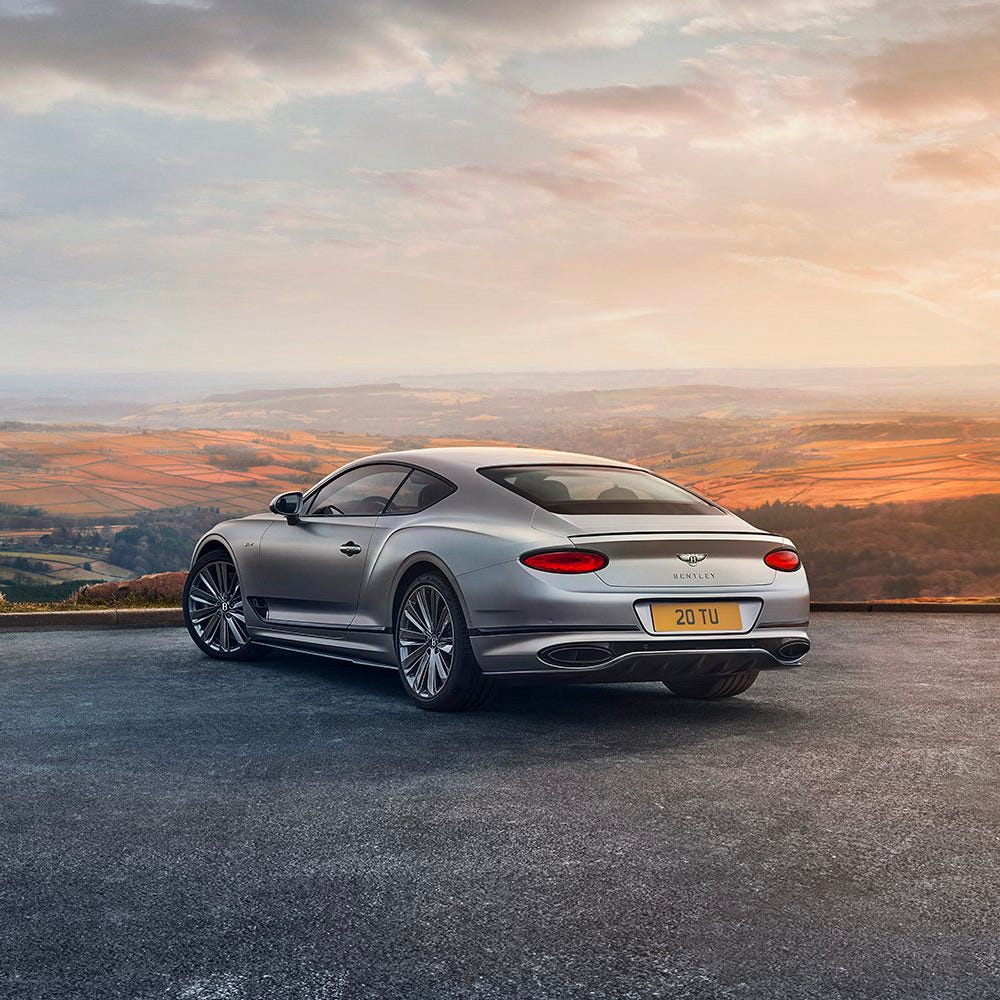

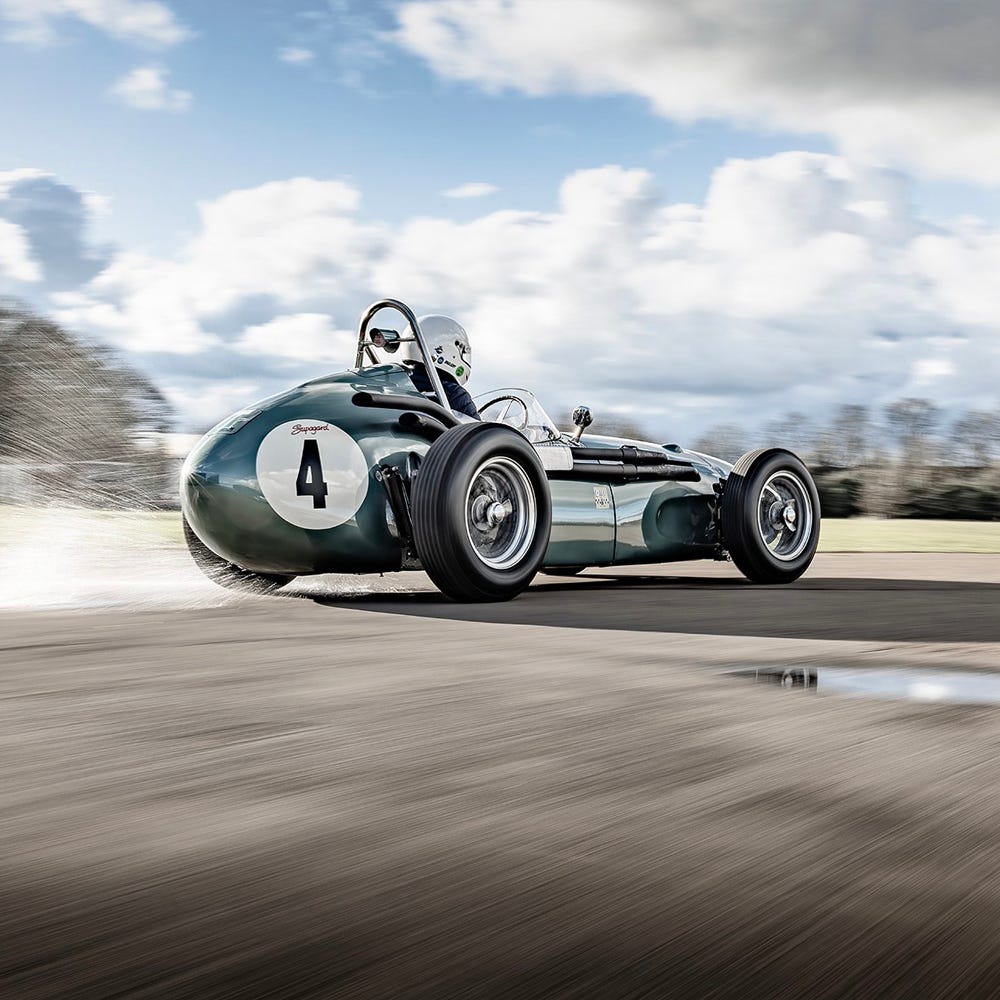

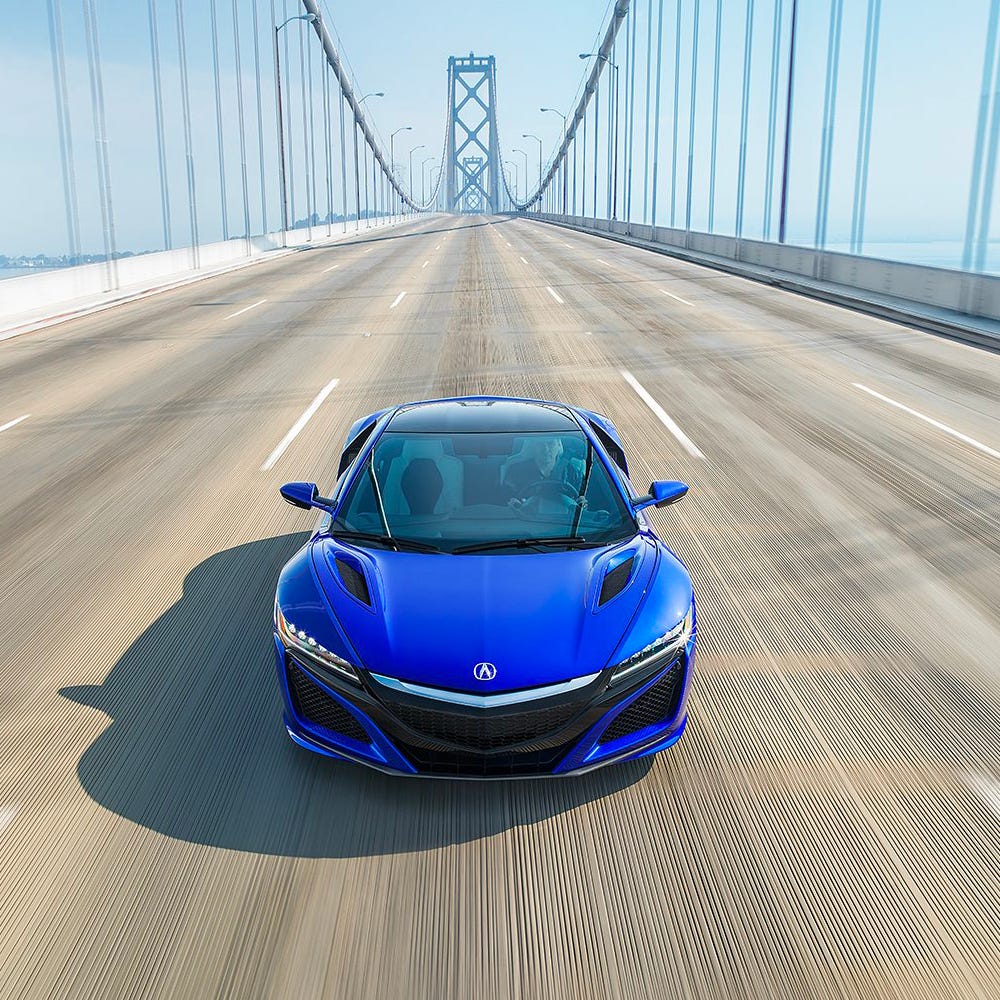

What are your go-to pieces of kit?
Throughout our conversation, Lee revealled how he has tried to reduce the amount of kit required for each shoot. 'The older you get, the more you want to strip it back. On the early days of Top Gear, I couldn’t even afford a spare body. So I had one body (which I'd never do now) and two lenses. So everything was down to composition and being as creative as you can. However as you develop, you end up acquiring more kit and it becomes formulaic and it’s not creative anymore. You end up looking back and each shoot looks the same, the cars have just changed.'
'I use the Canon R3, Canon R5C, 15-35mm RF lens, 24-70mm RF, I love a very long lens occasionally so I’ve gone to the 1-500mm now which I enjoy as that is the same size as the old 70-200mm. I also have some Sigma Cine Primes which I love using for video, and the Tilta thumb wheel for focusing.'
'I’ve also got my speciality lenses which I wish I didn’t have but I need. I’ve got the 1.2 50mm because it’s just an amazing lens and I’ve got the 35mm 1.8 that I use predominantly for macro. So if I’m doing details, I can use the nice 35mm for a badge close up or a dial rev count for example.'
The challenge that comes with working with manufacturers is ensuring you are communicating the desired design message through correct staging, lighting and image composition. 'The manufacturers want to show off their new paint (which is made to encourage consumer purchase, so it’s not too offensive or bright) which are a challenge to photograph. Dark blues and blacks are just horrendous to photograph. They’re like mirrors, they're glossy and just reflect everything.'
'But working with Canon cameras is great, any problems you can just ring them up and they can answer any queries. Having that support is worth its weight in gold. And the colours with canon are amazing.'
"I always try to embrace the technology and move with it."
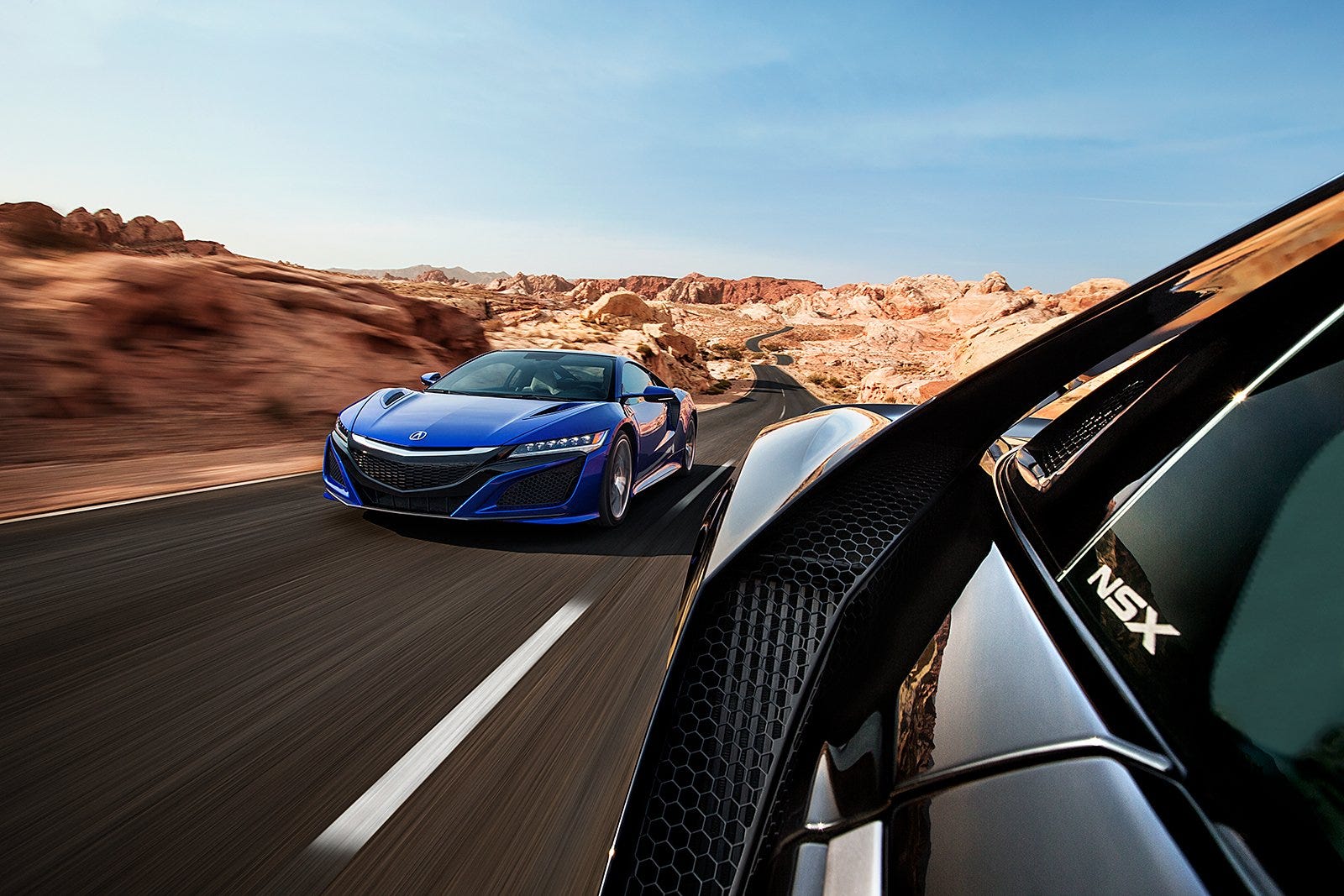





Discover the Canon range
Want to try out the Canon workflow for yourself?








